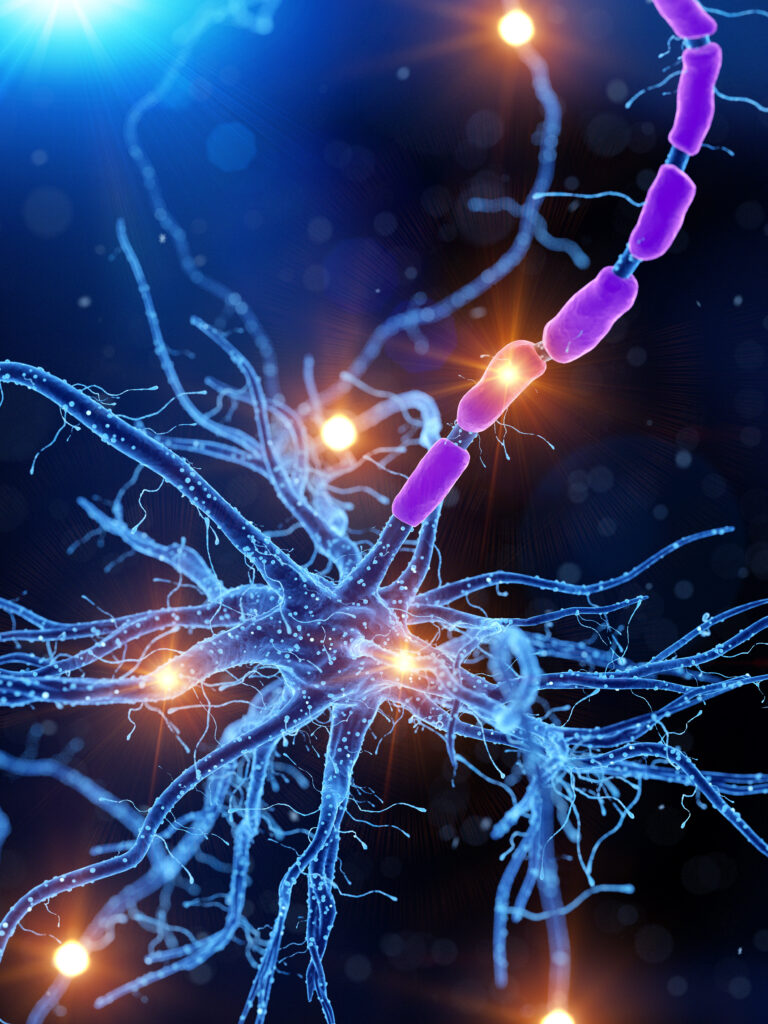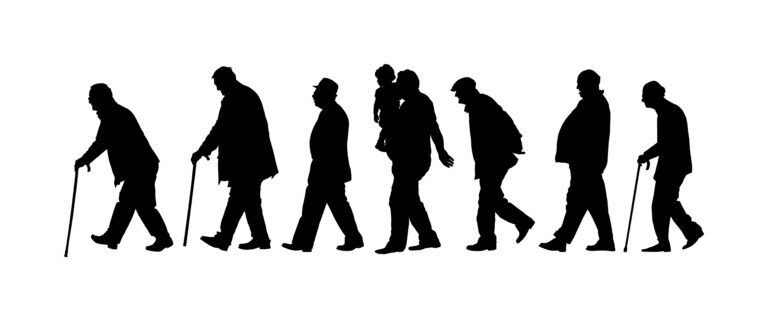### Why Your Dislike of Fluorescent Lighting Reflects Circadian Disruption
Have you ever noticed that fluorescent lighting can make you feel tired or irritable? It’s not just your imagination. The reason lies in how fluorescent lights affect your body’s internal clock, known as your circadian rhythm.
### What is Circadian Rhythm?
Your circadian rhythm is like a natural clock that tells your body when to be awake and when to sleep. It’s controlled by a tiny part of your brain that responds to light and darkness. When light enters your eyes, it sends signals to this part of your brain, helping you stay awake during the day and sleep at night.
### How Fluorescent Lights Disrupt Circadian Rhythm
Fluorescent lights, especially those with a lot of blue content, can trick your brain into thinking it’s daytime even when it’s not. This is because blue light, which is a part of the visible light spectrum, is particularly good at reaching the part of your brain that controls your circadian rhythm. When you’re exposed to blue light in the evening, it can make you feel more alert and awake, which is not what you want when you’re trying to sleep.
### The Problem with Blue Light
Blue light is like a strong signal that tells your brain it’s time to be awake. This is why people often feel more alert when using smartphones, tablets, or computers before bed. However, this alertness comes at a cost. Exposure to blue light in the evening can disrupt your sleep patterns and make it harder to fall asleep. Over time, this can lead to a range of health problems, including obesity, diabetes, and even breast cancer.
### What Can You Do?
So, what can you do to avoid this problem? Here are a few tips:
1. **Use Dim Red Lights at Night**: Dim red lights are much less likely to disrupt your circadian rhythm because they don’t contain as much blue light. Using these lights in the evening can help signal to your brain that it’s time to sleep.
2. **Adjust Your Lighting**: Many modern light bulbs now come with adjustable settings that allow you to change the amount of blue light they emit. Look for bulbs that have a “warm white” or “daylight” setting, as these tend to have less blue content.
3. **Limit Screen Time Before Bed**: Try to avoid screens for at least an hour before bedtime. This means no smartphones, tablets, or computers. If you must use a screen, use blue light filtering glasses or apps that reduce the amount of blue light emitted.
4. **Create a Sleep-Conducive Environment**: Make your bedroom a sleep sanctuary. Use blackout curtains to block out any external light, and keep the room cool and quiet. This will help your body get the rest it needs.
### Conclusion
Your dislike of fluorescent lighting is more than just a personal preference; it’s a sign that your body is trying to tell you something. By understanding how light affects your circadian rhythm, you can take steps to create a healthier environment that supports your natural sleep patterns. Remember, a good night’s sleep is essential for your overall health and well-being. So, next time you’re feeling tired or irritable after being in a fluorescent-lit space, know that it’s not just your imagination—it’s your body’s way of telling you that it needs some rest.





